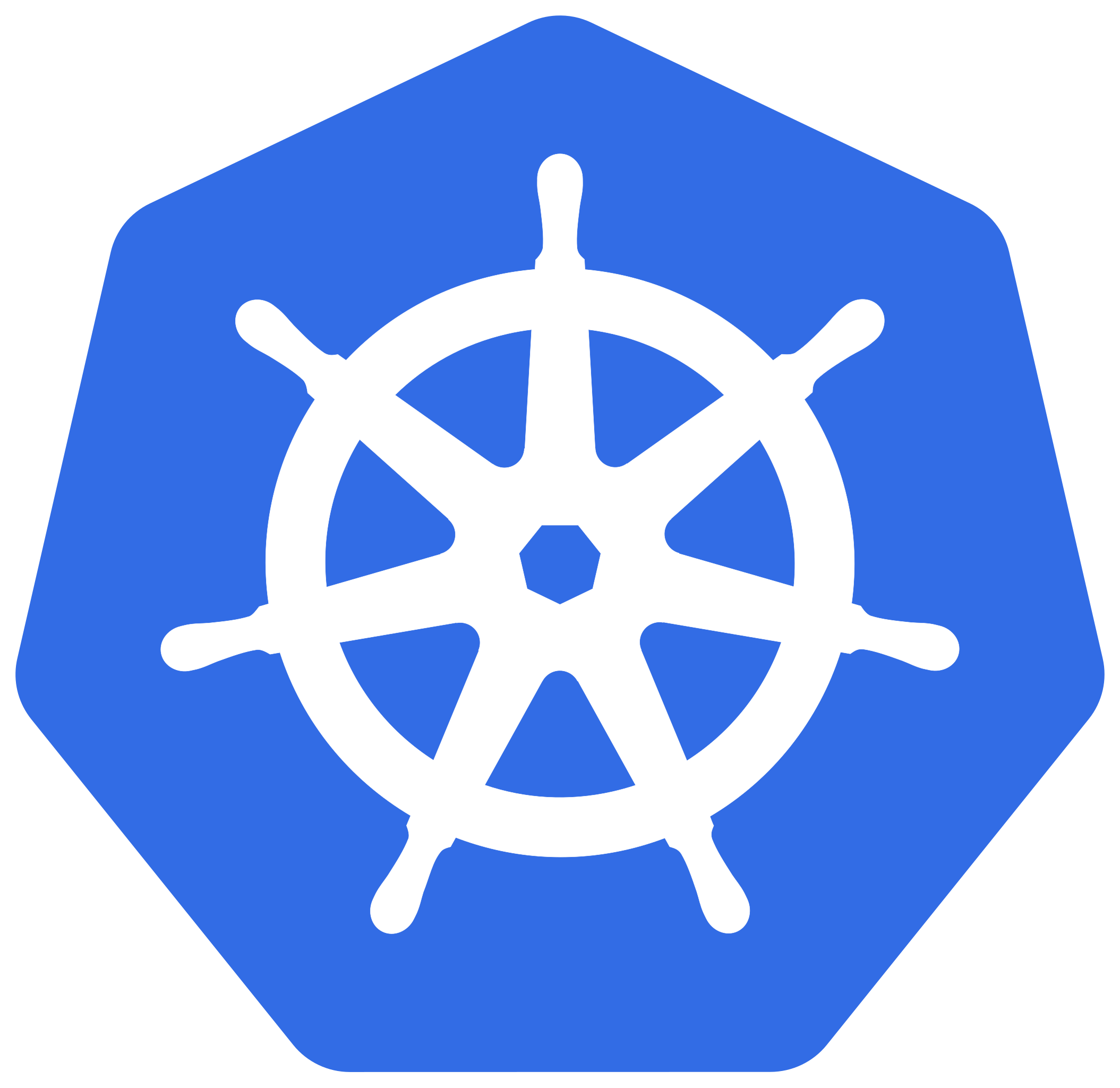The blog provides a comprehensive guide to on-call rotations, which are essential for ensuring service reliability and availability. It covers key aspects such as scheduling, handover procedures, escalation plans, and team training.
Key Points:
Scheduling: Effective on-call rotations require careful scheduling to distribute workload fairly and accommodate personal time off.
Handover Procedures: Clear procedures for transferring information between on-call engineers are crucial for smooth transitions.
Escalation Plans: Defining a clear escalation chain helps ensure that incidents are handled efficiently, regardless of complexity.
Pager Duty Optimization: Minimizing unnecessary pages is essential for reducing alert fatigue and improving response times.
Runbook Maintenance: Up-to-date runbooks provide step-by-step instructions for common troubleshooting tasks, saving time and effort.
Change Management: Integrating on-call processes with change management workflows helps prevent disruptions caused by deployments.
Training and Documentation: Comprehensive training and documentation ensure that engineers have the necessary knowledge and skills to handle on-call responsibilities effectively.
By following these best practices, organizations can establish efficient on-call rotations that contribute to overall service reliability and team effectiveness.














